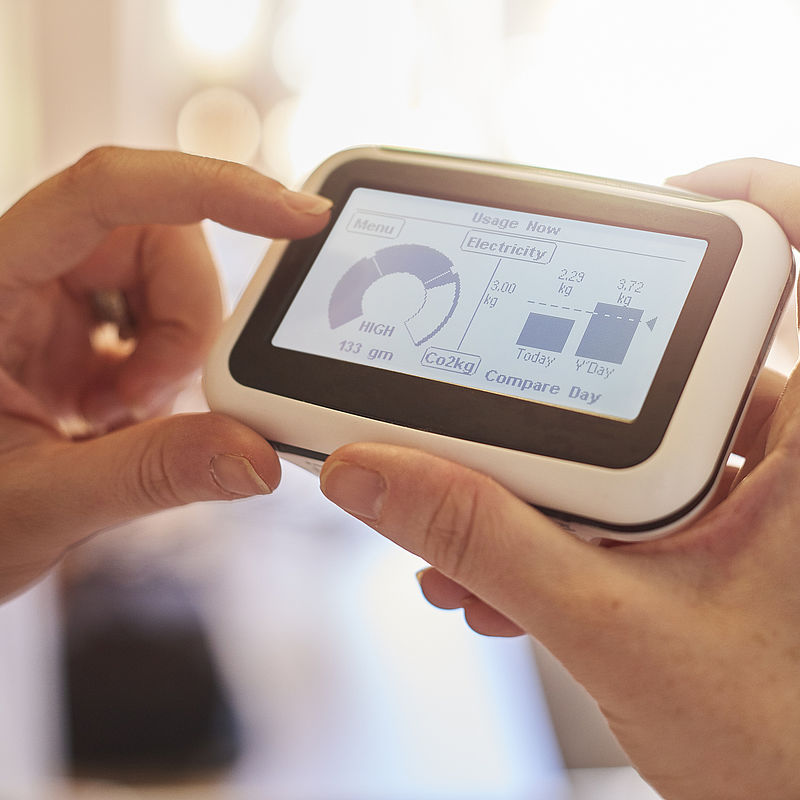
Smart meter reliability
Challenge
Electricity meters measure how much energy consumers use so they can be accurately billed. If they measure incorrectly it is bad news for the consumer; either they are charged more individually, or they are undercharged leading energy companies to raise prices. Smart meters are being manufactured in large batches and introduced with the aim of helping consumers manage their energy consumption more intelligently. National Energy Regulators are responsible for ensuring fairness to both the supplier and the consumer.
Recognising that a meters performance can change over time, regulators require that testing is performed before installation, then periodically to ensure ongoing accurate energy metering. This relies on an optimised testing schedule using small numbers of meters from individual production batches to determine if batch performance is within the expected accuracy. Reducing the numbers of meters tested based on statistical approaches minimises customer inconvenience and supplier costs without compromising decisions on batch performance.
The regulator’s role is to find the right balance between the risk of incurring consumer costs due to erroneous metering, and that of suppliers bearing additional costs from increased meter re-test frequency and unnecessary early replacement of conforming meters. Current conformity assessments, on which testing regimes are based, consider failure rates but not associated costs and risks.
Solution
The EMRP Project, Novel mathematical and statistical approaches to uncertainty evaluation, developed a new probability based approach to model the performance of meter batches.
The project applied the ‘bath-tub reliability curve’, which has a similar shape to a bath’s profile, to model meter batch failure rates over their life-time and developed a combined model showing how consumer risks increase with measurement errors. This new model assigns a quality score to the meter batch and can predict when it will fail specification enabling energy supply companies to plan cost effective meter replacement.
Impact
The project findings were used to develop recommendations for a new regulatory testing regime reducing the total costs of measurement using a risk assessment of meters measuring incorrectly. This is now being considered by the Surveillance Department in the Norwegian Metrology Service, and has potential to make assessing installed meter performance more cost effective.
The project models and insight form part of a growing body of knowledge which suggests that better statistical evaluations of consumer and supplier risks from faulty meters will provide a more robust approach to decision making on meter retesting, and could indicate the need to make more or less frequent testing.
Appling statistical approaches using historic data from previous products and associated costs to generate assessments for the testing frequency of new mass produced items is an innovative use of probability in risk managements.
- Category
- EMRP,
- New Technologies,
